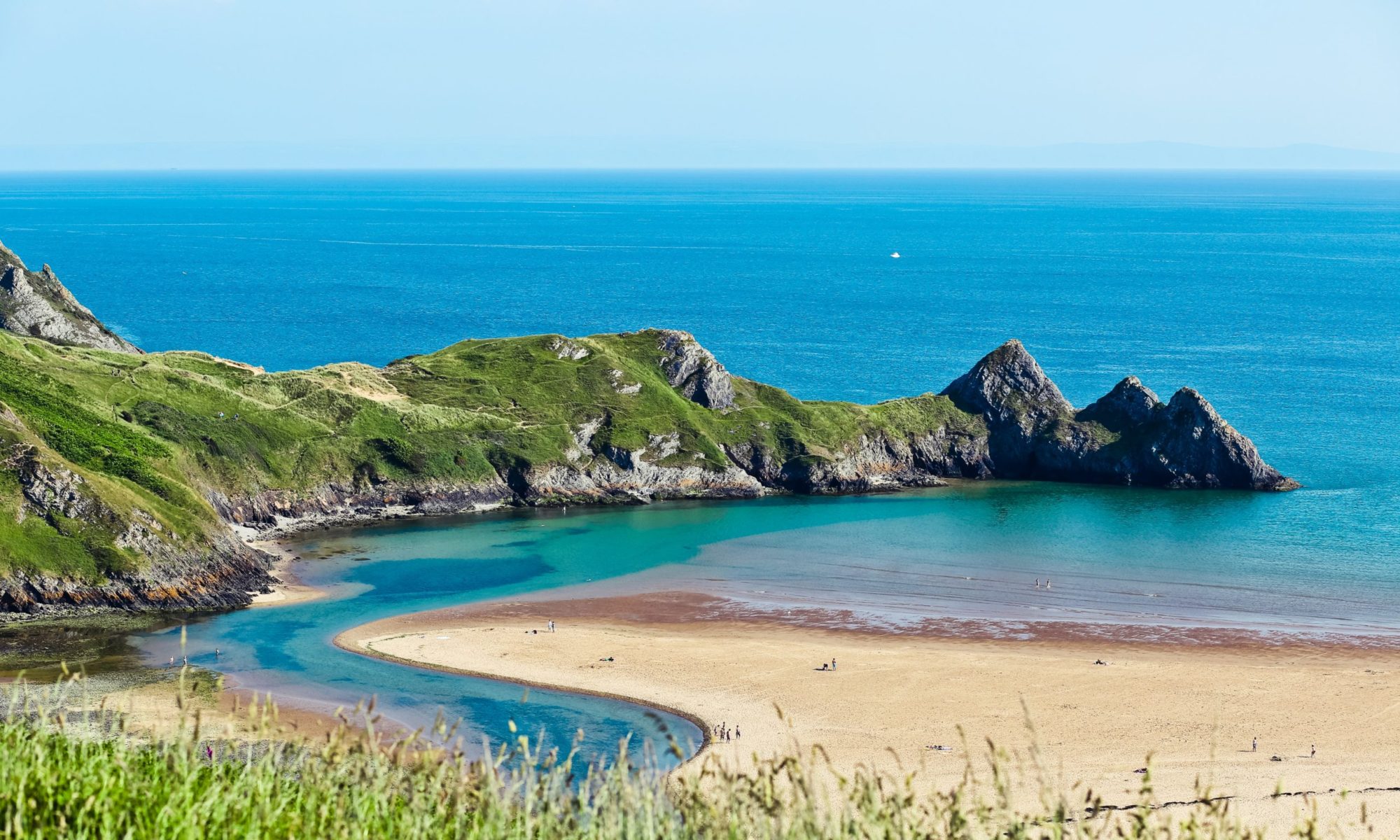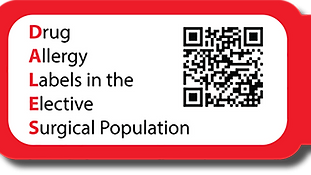On a cold Winter’s morning I set out for London to attend the
RAFT (Research and Audit Federation of Trainees) Winter
Scientific meeting. This meeting brings together the trainee-led
research networks (TRNs) to discuss the goings-on in each network
and activities carried out on a national scale.
Meeting Agenda
The meeting had a good balance of discussion of past projects and the future direction of the RAFT group. It was very interesting to hear from the other TRNs about the work that they are doing within their areas.
WMTRAIN (West Midlands) covers a vast geographical area. The deanery is split into 3 schools. The committee noted that there was good involvement with projects within the Birmingham school, but awareness needed to be raised within the other 2 schools. From this the WMTRAIN group set about creating online information resources to reach out to all their trainees. Perhaps this is a project that we could also take on in Wales Deanery to increase engagement with WAAREN.
The non-geographical TRNs were also represented. TriSTAR are the military trainee group and are currently surveying about fatigue and burnout in military trainees.
PATRN are the paediatric TRN, who are affiliated to the APA. They described the success of their previous projects looking at unplanned admissions following surgery (PAPAYA) and provided an insight into future projects looking at childhood obesity (PEACHY). They have an interesting call for survey proposals, which receive time dedicated for all attendees at the annual APA meeting to respond in a “Swift survey” format. An interesting idea can be submitted by any budding paediatric anaesthetist.
PainTRAIN were also in attendance and described their project investigating the use of gabapentinoids in perioperative analgesic regimes. The overwhelming sentiment from these presentations was the power of using research networks for audit, quality improvement and research. Multiple sites can be studied, thus increasing significantly the volume of data available for study.
Current projects
The ongoing national projects that RAFT members are involved with that were discussed are FLO-ELA (FLuid Optimisation in Emergency LAparotomy) and PQIP (Perioperative Quality Improvement Programme). These projects may be ongoing in your department, but are also still recruiting, should your department wish to get involved.
Past projects (with publications to come)
Last summer saw the DALES (Drug Allergy Labelling in Elective Surgery) project being carried out as the national RAFT project for 2018. This has yielded vast quantities of data that are currently being processed and reports being drafted. One of the most interesting aspects (prior to the final reports), was the use of novel technologies for data collection. An “online banking” style platform was used to allow data collection via the internet in a secure manner. This allowed the use of personal devices to facilitate the process, and to negate the need for using reams of paper, with the subsequent hard copy data storage burden.
Plenary session: Prof Tim Cook
The topic of “Why do the NAPs take so long?” was presented by Prof Tim Cook, Director of the NAP programme. This was an insight into the time and dedication taken to achieve the aim of studying major complications of anaesthesia. The thorough review process was outlined and the need to avoid retrospective bias highlighted. I think we can all agree that the response rate, anonymised reporting and commitment of the investigators has led to conclusions that have influenced the practice of all anaesthetic departments in the U.K.
WAAREN activities
Where do we go from here?
I write to encourage you all to submit your research and QI ideas to us so that we can continue producing quality work in this domain. Have you carried out a project locally that would be of interest on a national level? Have you a new idea that we could help get off the ground? Consultants may also have ideas that we as a national network can facilitate.
The call for ideas is open to all.
C Nadine Jones
WAAREN committee member

